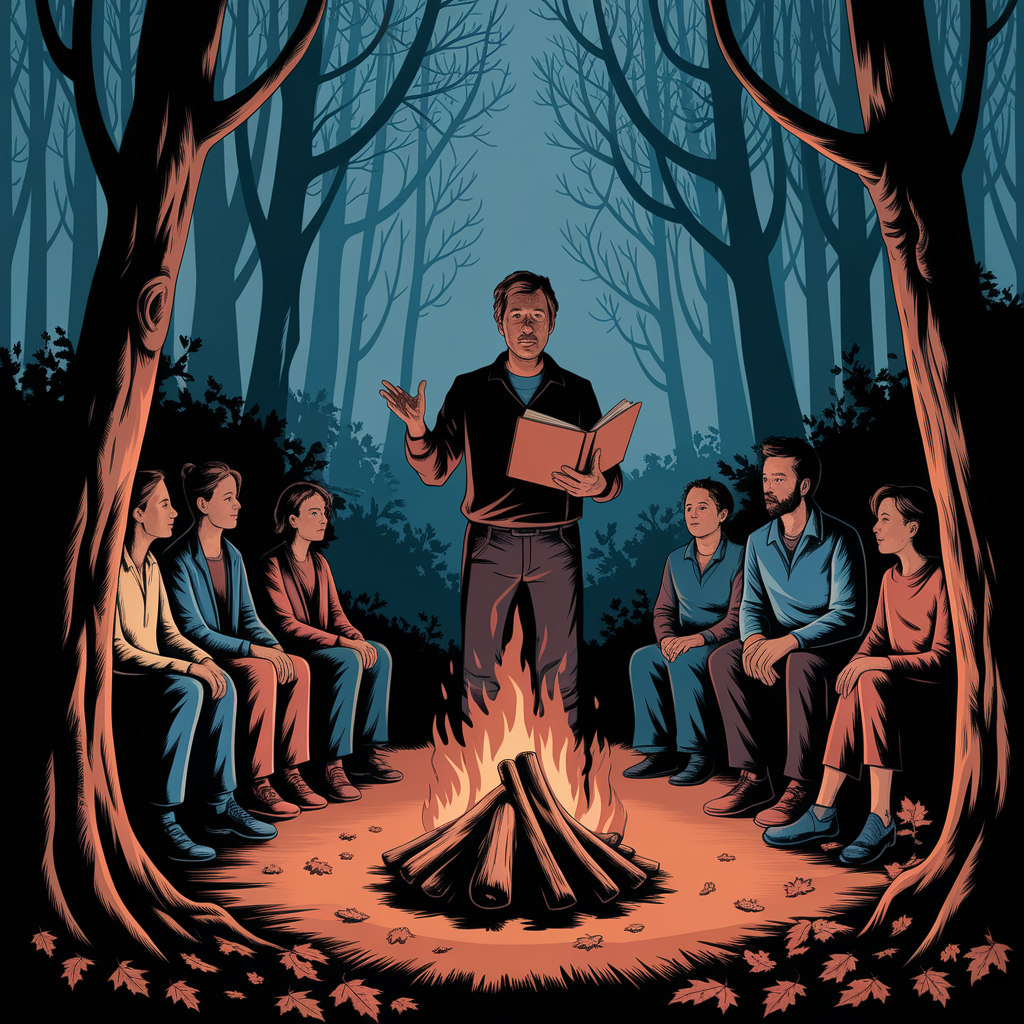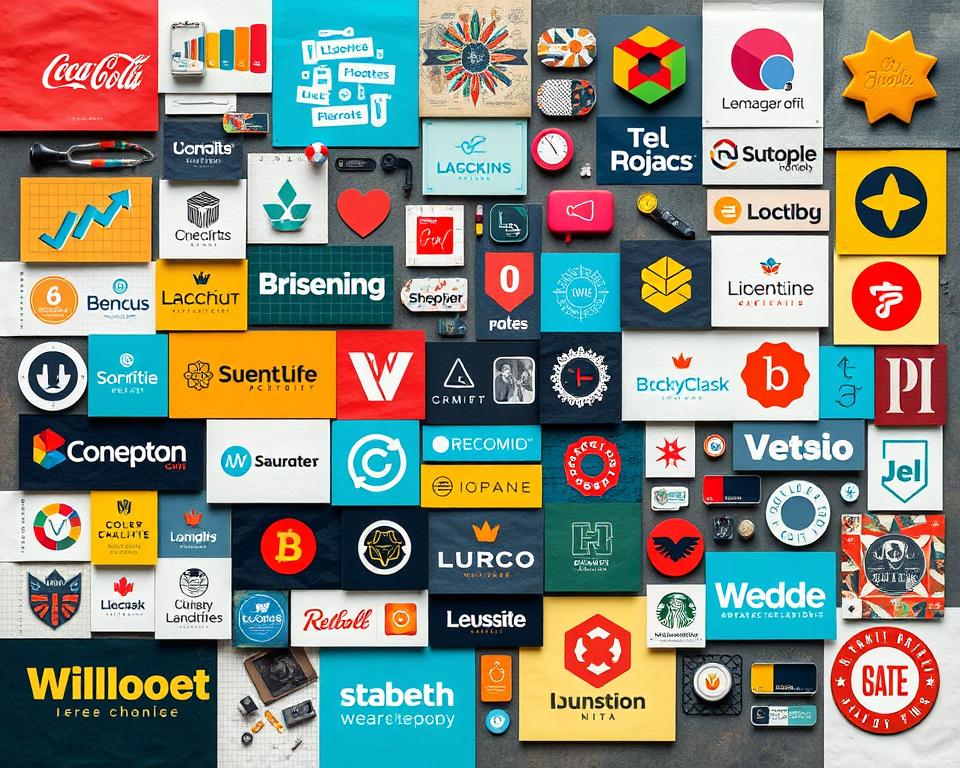
About 70% of consumers remember brands that tell stories. This is why we focus on successful visual brand storytelling campaigns. They help businesses connect with their audience. We’ll look at brand storytelling examples that have made a big impact in their fields.
By studying these successful campaigns, we learn how to improve our own brand stories. We’ll see how these strategies can make a brand’s visual identity stronger. This way, we can create a story that really speaks to our audience.
Key Takeaways.
- Examples of successful visual brand storytelling campaigns can inspire and inform our own branding strategies
- Brand storytelling examples have the power to create a lasting impression on consumers
- Visual branding strategies can elevate a brand’s visual identity and foster a stronger connection with their audience
- Understanding how to apply brand storytelling examples can help businesses create a compelling brand narrative
- By exploring examples of successful visual brand storytelling campaigns, we can gain valuable insights into the world of visual branding
Understanding the Power of Visual Brand Storytelling.
 Exploring visual branding shows us that great stories come from knowing how people think and feel. By understanding our audience’s emotions and thoughts, we can tell stories that really connect with them.
Exploring visual branding shows us that great stories come from knowing how people think and feel. By understanding our audience’s emotions and thoughts, we can tell stories that really connect with them.
Studies on visual storytelling show it boosts engagement, loyalty, and sales. So, what makes a story stand out? Let’s find out:
The Psychology Behind Visual Storytelling.
Our brains quickly process images, 60,000 times faster than text. This makes visual storytelling a strong tool for brands. It helps us grab our audience’s attention and make a lasting impact.
Key Elements of Effective Brand Narratives.
A good brand story has a few key parts, like:
- A clear and concise message.
- Compelling visuals that evoke emotion.
- A strong call-to-action.
Together, these parts create a story that speaks to our audience and helps our brand succeed.
Why Visual Stories Resonate with Audiences.
By knowing how our audience feels and thinks, we can make stories that touch them deeply. This is why great stories often aim to connect emotionally, not just sell something.
Crafting Your Visual Brand Story Framework.

Digital storytelling is all about learning from success stories. These tales show how brands use digital spaces to share their message and connect with people. By studying these stories, we can find the key parts of a great visual brand story framework.
When making your visual brand story framework, think about these tips:
- Know your brand’s purpose and values to tell a consistent story.
- Create a unique look that speaks to your audience.
- Use digital platforms to share your story and talk to your audience.
Using these tips, you can make a story that shows off your brand’s personality and values. Consistency and coherence are key in visual branding. They help build trust and recognition with your audience. Looking at success stories from brands like Nike and Apple, we see how they’ve made a big impact.
By learning from these success stories and using the tips above, you can make a visual brand story framework. It will share your brand’s message and connect with your audience.
Examples of Successful Visual Brand Storytelling Campaigns.

Visual storytelling campaigns can really make a brand stand out. They leave a lasting impression on people. Let’s look at some examples where visual storytelling helped brands succeed.
Nike’s “Just Do It” campaign is a great example. It has grown to symbolize empowerment and motivation. Apple’s “Shot on iPhone” campaign also shows how visuals can highlight a product’s features and unite customers.
These campaigns show the strength of visual storytelling. They use powerful images and stories to connect with people. This way, brands can make a strong impression and engage their audience.
What makes a visual brand storytelling campaign successful? Here are some key points:
- Clear and concise messaging.
- Compelling visuals and imagery.
- Emotive storytelling and narrative.
- Consistency across all marketing channels.
By focusing on these elements, brands can create campaigns that engage people. This helps build awareness and tells a brand’s story in a compelling way.
Visual Storytelling Tools and Technologies.
We know how key technology is in making our visual brand stories better. Many brands have used different tools and technologies to grab their audience’s attention. We’ll look at digital platforms, new visual tech, and tools for making content to boost our storytelling.
Digital platforms offer many choices. Sites like Instagram and Facebook, and systems like WordPress, are great for sharing our stories. They let us reach lots of people and see how they interact with our content.
Digital Platforms for Brand Storytelling.
- Instagram: A visual-centric platform ideal for sharing stories through images and videos.
- Facebook: A platform that allows for a mix of visual and textual storytelling.
- WordPress: A content management system that enables us to create and manage our own websites and blogs.
New visual tech like virtual and augmented reality is changing storytelling. These techs offer an immersive experience. They let our audience dive into our stories in a new way.
Emerging Visual Technologies.
Creating great visual stories also needs the right tools. Adobe Creative Cloud is a big help. It has apps for graphic design, video editing, and photography.
| Tool | Description |
|---|---|
| Adobe Creative Cloud | A suite of applications for graphic design, video editing, and photography. |
| Canva | A graphic design platform that provides templates and design tools. |
Using these tools and technologies, we can make stories that really connect with our audience. This way, we stand out as leaders in brand storytelling.
Measuring Visual Storytelling Impact.
Exploring visual storytelling, it’s key to see how it affects our audience. Visual storytelling case studies offer deep insights into our success. They help us spot what works best in our campaigns.
To gauge visual storytelling’s impact, we turn to analytics tools. These tools track how much people engage with our content. They also help us spot trends in how our audience reacts.
- Engagement rates.
- Conversion rates.
- Brand awareness.
By monitoring these and studying visual storytelling case studies, we can improve our campaigns. This way, we create more engaging visual stories for our audience.
Conclusion: Implementing Your Visual Brand Story.
The power of visual brand storytelling is huge. It creates strong emotional bonds with people. By looking at successful campaigns, we can make our brands stand out and win over customers.
To make your brand story real, start with a clear plan. It should match your brand’s values and speak to your audience. Use new tech and digital spaces to make engaging, eye-catching content. Always check how your story is doing and change it if needed.
Visual brand storytelling is a journey, not a one-time thing. By learning from brand storytelling examples and examples of successful visual brand storytelling campaigns, we can grow our brands. We can connect better with our customers and help our businesses grow.





0 Comments